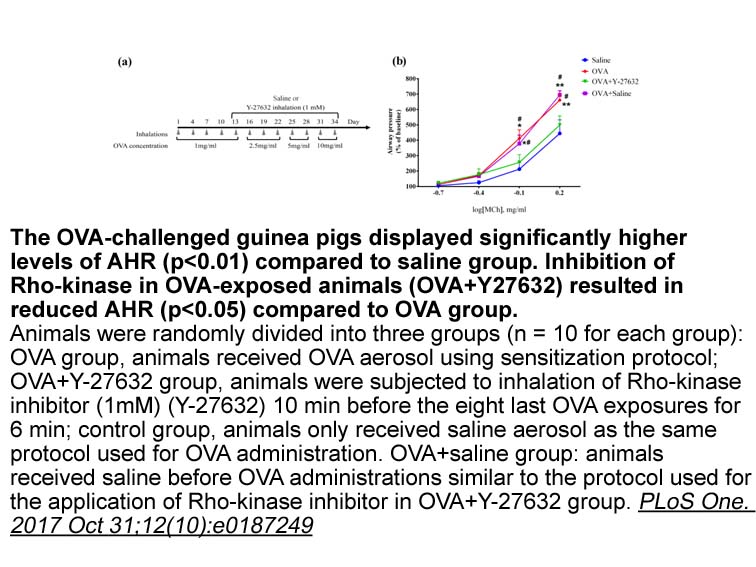Archives
br Discussion Studies from other Nordic countries have simil
Discussion
Studies from other Nordic countries have similarly reported a weakening of the educational gradient in all-cause mortality when adjusting for conditions shared between siblings (Elo, Martikainen & Myrskylä, 2014; Naess et al., 2012, Sondergaard et al., 2012). Our all-cause mortality results for Sweden are in line with these other Nordic studies. Interestingly, however, a recent Swedish twin study suggests that family environment and genetic factors have a very limited impact on the education-mortality link (Lundborg, Lyttkens & Nystedt, 2016), while our sibling design revealed a much greater attenuation of the association. An important strength of this twin study is the inclusion of child health and cognitive ability proxies, which we missed.
The unobserved and observed influence on the educational gradient in cause-specific mortality has been less studied, but clear reductions have previously been observed for lung cancer accidents, and alcohol-related deaths (Elo, Martikainen & Myrskylä, 2014). To our knowledge, the causes of death where we found an increase in the educational gradient within siblings (such as suicide), have not been studied before. The association between birth order and suicide might potentially influence our results, as it cysteine protease inhibitor has been shown that younger siblings are more likely to commit suicide than older siblings (Rostila, Saarela & Kawachi, 2014). However, adjustment for birth order did not alter the education-suicide association within siblings.
The cause-specific patterns of attenuation might be explained by the differences in the intermediary causal pathways that were involved in the different causes of death. Perhaps the clearest example is that of lung cancer, for which the causal intermediary is well known. The pattern of attenuation is consistent with the explanation that smoking (initiation and/or cessation) is affected by family of origin above and beyond the social influences on these processes that comes with education. The role of smoking in explaining educational differences in mortality illustrates the complexities of causal explanation from observational studies: Smoking exposure is often taken to be a mediator between education and mortality (Mackenbach, 2011), but it is also a part of a confounding pathway that runs from the family of origin to mortality (Gilman et al., 2008). In fact, family influences on smoking are likely to be a contributor to a number of the causes for which we find a weakened association between siblings.
Childhood social class is associated with mortality with low risks for people with non-manual and farmer\'s backgrounds, and it is higher for manual and self-employed (not in Tables). However, this association is greatly weakened when individual education is controlled for. In contrast, the educational gradient in mortality is rather unaffected by controlling for childhood socioeconomic position (a similar result can be found in Erikson (2001)). In this paper, we observed that for non-manual social class families, the difference between the population- and family-based estimates were small. Thus, factors shared between siblings in non-manual families did not explain the education-mortality association to any considerable extent. There might be several explanations for this, although it is far from clear why the family environment would be more important and/or limited in one social class but not another. However, the selective elements of a low (high) education may differ by social origin, and various individual traits may be more decisive for educational attainments  for children with a working-class background for whom higher education is less likely. Given school performance, children from advantaged origins more often continue to higher educational levels (Erikson & Rudolphi, 2010). In addition, even when their cognitive ability is relatively low, individuals from advantaged backgrounds more often tend to continue to higher levels of education in comparison with individuals from the least advantaged parental backgrounds (Bukodi, Erikson & Goldthorpe, 2014). It is thus possible that there is a comparatively strong negative selection into lower educational levels within these advantaged families where higher education of the offspring is both more likely and expected. Such a selection would increase the family-based estimates and thus work in the opposite direction of familial confounding.
for children with a working-class background for whom higher education is less likely. Given school performance, children from advantaged origins more often continue to higher educational levels (Erikson & Rudolphi, 2010). In addition, even when their cognitive ability is relatively low, individuals from advantaged backgrounds more often tend to continue to higher levels of education in comparison with individuals from the least advantaged parental backgrounds (Bukodi, Erikson & Goldthorpe, 2014). It is thus possible that there is a comparatively strong negative selection into lower educational levels within these advantaged families where higher education of the offspring is both more likely and expected. Such a selection would increase the family-based estimates and thus work in the opposite direction of familial confounding.